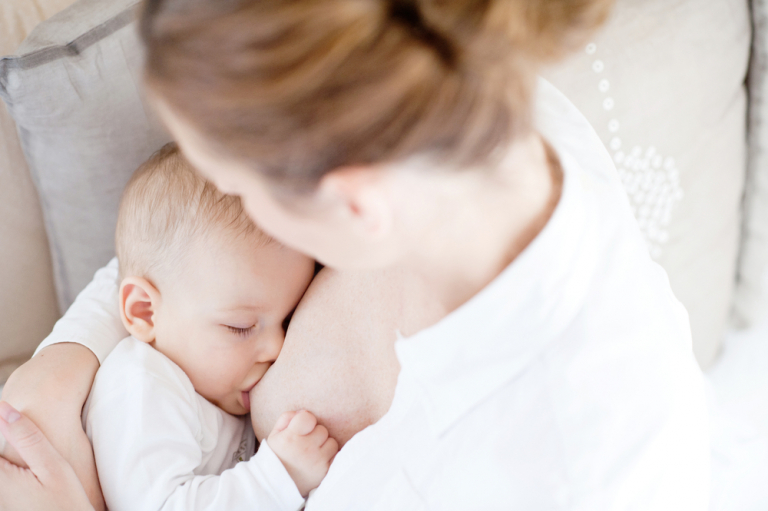Eye contact with baby could support future learning and communication, study finds

Image: Shutterstock/jfk image via AFP Relaxnews
Researchers at the University of Cambridge have investigated the effects that eye contact between adults and babies can have on the brain. According to the results of their study, published in “Proceedings of the National Academy of Sciences”, making eye contact with babies is likely to support communication and learning.
In a first experiment, babies in the study watched a video of an adult singing nursery rhymes, first of all looking directly at the baby, then with their head turned to avert their gaze, then with their head turned away but with their eyes looking directly back at the baby.
As anticipated, the researchers found that infants’ brainwaves measured with electroencephalography (EEG) were more synchronized to the adult’s when the adult’s gaze met that of the child, rather than when their gaze was averted.
The scientists found that the strongest synchronizing effect occurred when the adult had their head turned away but continued to look the child in the eye. They suggest that the brain may interpret this kind of posture as deliberately expressing an intention to communicate.
When the researchers repeated the experiment with a real adult, both infants and adults became more synchronized to each other’s brain activity when mutual eye contact was established
The researchers suggest that the synchronization of brainwaves is related to more than just seeing a face or finding something interesting. This temporary synchronization of brain waves could, in fact, be more about a shared intention to communicate.
The number of “vocalizations” the babies made during the interaction with the adult was used as a measure of their intention to communicate, the authors explain. Indeed, the scientists observed more vocalizations when adults made direct eye contact.
“When the adult and infant are looking at each other, they are signaling their availability and intention to communicate with each other. We found that both adult and infant brains respond to a gaze signal by becoming more in sync with their partner. This mechanism could prepare parents and babies to communicate, by synchronizing when to speak and when to listen, which would also make learning more effective,” said lead author Dr. Victoria Leong.
The findings are published in the journal “Proceedings of the National Academy of Sciences” (PNAS). JB
RELATED STORY:
New research raises questions about vitamin D supplementation during pregnancy